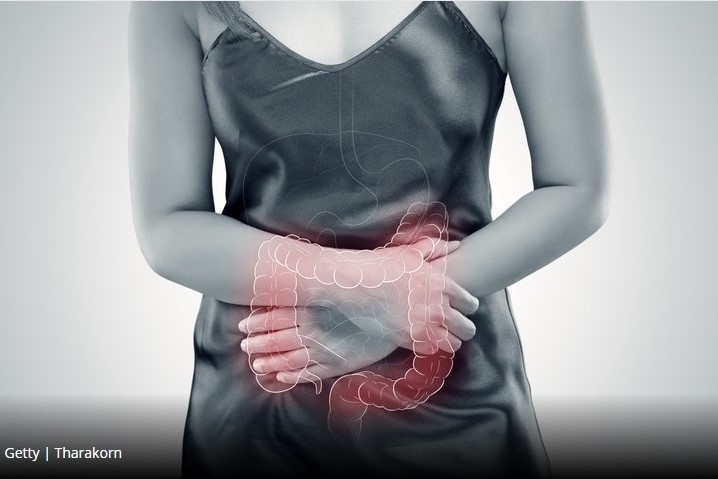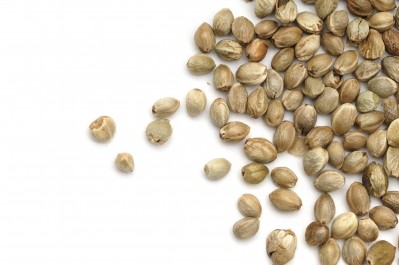Understanding gut response to high-fat meals key to effective IBD treatments, says study

This apparent link between diet, gut microbiota, and gene expression could be used to develop prognostic or therapeutic treatments for IBDs, such as Crohn’s disease and ulcerative colitis, according to study authors.
The study focused on a transcription factor called hepatocyte nuclear factor 4 alpha (HNF4A), known to regulate genes involved in lipid metabolism and genes that respond to microbes.
Genetic variants at human HNF4A are associated with both Crohn’s disease and ulcerative colitis, the authors explain, but the underlying reason for the overlap between microbial and HNF4A-regulated genes, and how microbes alter HNF4A occupancy, host metabolism and acquisition of nutrients, remain unknown.
Therefore, “understanding how the intestine perceives and responds to the major stimuli of nutritional and microbial signals remains a fundamental challenge”.
Lead author, Dr Colin Lickwar said: “We thought that it might represent an interface or a crossroads between interpreting information that comes from either microbial sources or from dietary fat.
“It’s certainly complicated, but we do appear to identify that HNF4-Alpha is important in simultaneously integrating multiple signals within the intestine.”
Host physiology
There is plenty of evidence to suggest a high-fat diet and microbiota interactively influence host physiology but there is limited intelligence on “integrative host reponses”, say researchers.
In their report, published in ‘Cellular and Molecular Gastroenterology and Hepatology’, they write: “Chronic high-fat diet feeding leads to adaptive physiological responses that can make it difficult to distinguish primary impacts of microbiota on host response, those impacts can be more easily discerned in the postprandial response to a single high-fat meal.”
In the current study, scientists focused on a single, early postprandial period after consumption of a HFM consisting of chicken egg yolk emulsion. The time point was chosen to capture initial responses prior to cell-division and cell-type changes.
Adult mice were split among four groups: germ-free (GF); GF plus HFM; ex-GF colonised (CV) with conventional microbiota, and CV plus HFM.
Multiple functional genomic assays were applied to evaluate the interaction between HFM and microbiota colonisation in mouse small IECs.
Dietary response
There were significant differences in gene transcriptions for each of the four groups, and blocks of genes were impacted by either microbial or nutritional status.
Both germ-free and normal mice were able to metabolise fatty acids in a high-fat diet, although the germ-free group used a different set of genes to metabolise the HFM.
Professor of Molecular Genomics and Microbiology, John Rawls, commented: “We were surprised to find that the gene playbook that the gut epithelium uses to respond to dietary fat is different depending on whether or not microbes are there.”
Researchers note that microbes assisted with gut absorption of fatty acids. They observed increased activity of genes involved in fatty acid oxidation in germ-free mice, which literally ‘burned off’ fatty acids to provide fuel for the gut’s cells.
Professor Rawls added: “Typically we think about the gut just doing its job absorbing dietary nutrients across the epithelium to share with the rest of the body, but the gut has to eat too. So, what we think is going on in germ-free animals, is that the gut is consuming more of the fat than it would if the microbes were there.“
Overall findings suggest that gut microbes may promote lipid accumulation and weight gain, while suppressing gene activity designed to regulate beneficial intestinal and metabolic activity, including gut inflammation.
Source: Cellular and Molecular Gastroenterology and Hepatology
Published online: https://doi.org/10.1016/j.jcmgh.2022.04.013
‘Transcriptional Integration of Distinct Microbial and Nutritional Signals by the Small Intestinal Epithelium’
Colin R. Lickwar, James M. Davison, Cecelia Kelly, Gilberto Padilla Mercado, Jia Wen, Briana R. Davis, Matthew C. Tillman, Ivana Semova, Sarah F. Andres, Goncalo Vale, Jeffrey G. McDonald, and John F. Rawls







